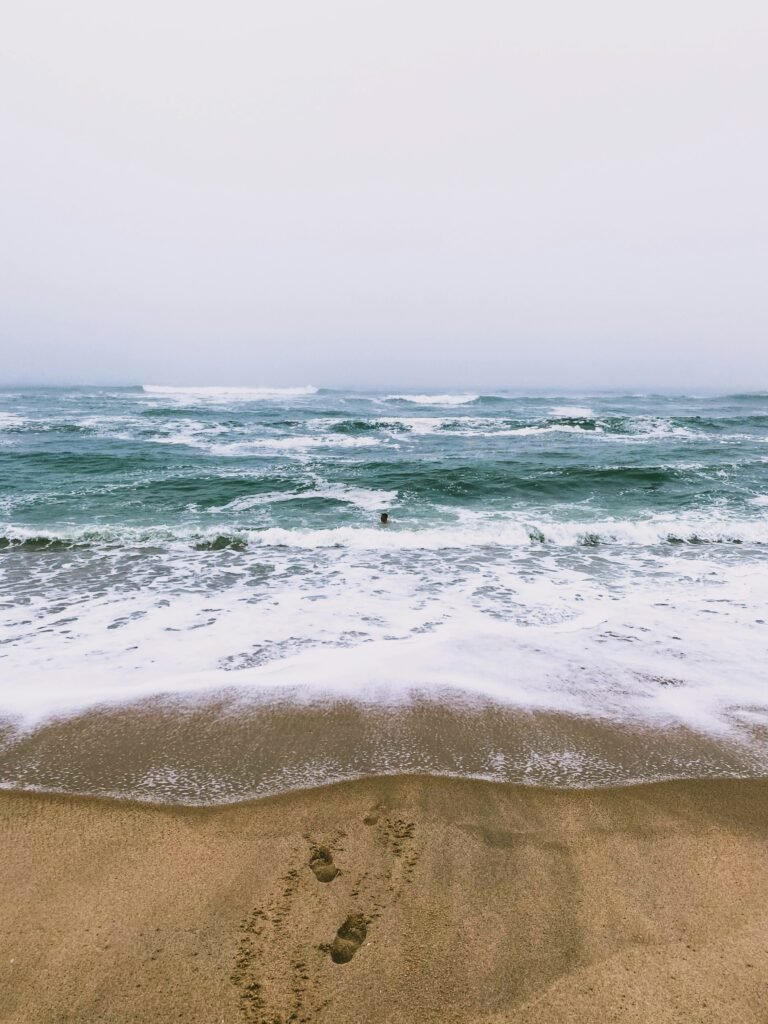What if embracing discomfort could lead you to become a more resilient version of yourself?

Understanding Cold Plunging
cold plunging refers to the act of immersing your body in cold water, which can be anywhere from ice-cold baths to chilly ocean dips. This practice has been used for years across various cultures for its purported health benefits. It’s not just about the momentary shock to your system; it’s about what happens after you plunge in and emerge. Here, the idea is that through this mindful discomfort, you can learn not only to endure challenges but to thrive because of them.
The Science Behind Cold Exposure
You might be wondering, “Why would anyone willingly subject themselves to icy water?” Well, there’s a science to it. Cold exposure triggers a range of physiological responses in your body.
Physiological Responses
When you enter cold water, your body goes through several immediate changes.
| Response | Description |
|---|---|
| Vasoconstriction | Blood vessels constrict to conserve heat, improving circulation when you warm up. |
| Endorphin Release | Exposure can lead to increased endorphin production, which can boost your mood and reduce stress levels. |
| Brown Fat Activation | Cold exposure activates brown fat, the good fat, which can help with metabolism and energy. |
By exposing yourself to temperature extremities, you can stimulate your body to adapt to stress, both physically and mentally.
Building Grit Through Mindful Discomfort
It’s not just about taking a dip; it’s about the mental aspect that comes with facing such discomfort. Grit, essentially, refers to perseverance and resilience in pursuing long-term goals. What does that have to do with cold water, you ask? Everything.
The Connection Between Grit and Discomfort
Embracing discomfort can help foster a growth mindset. Instead of shying away from challenges, you begin to tackle them head-on. Cold plunging can accelerate this process.
Facing Fears
When you first take the plunge, your body may scream at you to get out. But as you sit in that cold water, you learn to manage those initial impulses. This experience teaches you to face your fears rather than let them dictate your actions.
- Initial Resistance: Your first instinct might be to flee.
- Mindfulness in Action: By focusing on your breath and the sensations in your body, you stay present in the moment.
- Consolidating Control: The longer you remain in the cold, the more control you gain over your responses.
Building Mental Toughness
It’s not just about surviving the cold; it’s about what this experience teaches your mind. Each time you confront this uncomfortable feeling, you build mental toughness—a quality crucial for resilience.
Techniques to Cultivate Mental Toughness
-
Breath Control: Your breath is a powerful tool. By focusing on your inhalation and exhalation, you can calm your mind.
-
Positive Self-Talk: Remind yourself that discomfort is temporary and you’re capable of enduring it.
-
Visualization: Picture yourself emerging from the cold water, feeling triumphant and alive.
These techniques can not only enhance your cold plunging experience but can also serve you in various life challenges.
Embracing Vulnerability
Taking a cold plunge is more than just a physical act; it’s an act of vulnerability. You’re putting yourself in an uncomfortable position intentionally and admitting that it’s okay to be uncomfortable.
The Power of Vulnerability
- Strength in Exposure: Learning to face discomfort head-on can translate into other areas of your life, such as public speaking, dealing with personal issues, or even trying new experiences.
- Building Community: When you share this experience with others, it creates a bond through shared vulnerability, often leading to deeper connections.
A Step-by-Step Guide to Cold Plunging
Ready to take the plunge? Here’s a straightforward guide to help you ease into this practice.
Preparing for Your First Cold Plunge
-
Choose Your Environment: Whether it’s a cold shower, a lake, or a dedicated ice bath, pick a spot that feels right for you.
-
Gradual Acclimatization: Start with cooler water temperatures before jumping into the ice bath. This approach helps your body adapt without a shock.
-
Set a Timer: If you’re new to cold plunging, set a timer for 30 seconds to a minute. As you grow comfortable, gradually increase the time.
The Plunge Itself
-
Breath Under Control: Take deep breaths before stepping into the water.
-
Enter Slowly: Ease yourself in rather than jumping in headfirst. Allows your body to acclimate.
-
Stay Present: Focus on your breathing and sensations. Remind yourself that it will soon pass.
Emergence and Reflection
-
Post-Plunge Gratitude: As you emerge, take a moment to appreciate how good it feels to be warm again.
-
Journaling Your Experience: Writing down your feelings after the plunge can solidify your learning experience, observing the contrast between discomfort and relief.
Regular Practice
Making cold plunging a regular habit can further enhance the benefits. Establish a routine—whether it’s once a week, bi-weekly, or daily. Your grit will only grow with consistent exposure.
The Mental Benefits of Cold Plunging
While the physical benefits are often touted, it’s the mental advantages that many overlook. Let’s break down some of the more notable aspects.
Enhanced Mood and Stress Reduction
The rush of endorphins post-plunge can elevate your mood. This is not just a fleeting feeling; regular cold exposure leads to long-term improvement in overall well-being.
Chemical Responses
| Effect | Description |
|---|---|
| Dopamine Surge | Cold plunging can result in a dopamine release that improves mood and motivation. |
| Reduced Cortisol | Regular exposure can lower stress hormones, making you more resilient in stressful situations. |
Increased Resilience
Repeatedly confronting cold plunges conditions your mind to handle discomfort better overall. Challenges that might have once felt insurmountable may become more manageable, thanks to the mental training you undergo during each plunge.

Cold Plunging and Personal Growth
Think of cold plunging as a laboratory for life lessons. Each plunge creates an opportunity for introspection and growth.
Learning to Challenge Yourself
Every time you decide to take the plunge, you’re essentially challenging yourself. This challenge expands to other areas in life.
Examples of Challenges
- Pushing Boundaries: Whether it’s fitness goals, career moves, or personal relationships, the lessons learned from cold plunging encourage you to push beyond your perceived limits.
- Adapting to Change: Life is full of unexpected changes. A cold plunge teaches you to stay flexible and adapt to whatever is thrown your way.
Community and Connection Through Cold Plunging
You’ll often find that cold plunging is best experienced in a community setting. Connecting with others who share this passion can amplify your experience.
Finding a Community
Look for local cold plunge groups or communities online. The camaraderie built from shared experiences makes the practice even more rewarding.
Benefits of Group Cold Plunging
- Collective Motivation: Having others around encourages you to push through initial discomfort.
- Shared Stories: Hearing others’ experiences can provide insights and tips you might not have considered.

Practical Tips for Successful Cold Plunging
As you embark on your cold plunging journey, here are a few practical tips to keep in mind.
Managing Your Expectations
- Don’t expect immediate results; like any skill, cold plunging takes time to master.
- Understand that discomfort is part of the process—embrace it!
Safety Matters
- Ensure your environment is safe. Look out for hazardous areas in natural water bodies.
- Don’t plunge into cold water if you’re feeling unwell or if you have a medical condition that could be aggravated by the cold.
Combining Cold Plunging with Other Practices
Many find that cold plunging pairs well with other wellness practices like:
- Mindfulness Meditation: Helps create focus going into the plunge.
- Yoga and Stretching: Can warm up your body to ease into the cold.
Conclusion: The Lasting Impact of Cold Plunging
Cold plunging offers much more than a momentary thrill; it serves as a blueprint for building resilience and grit. You learn to embrace discomfort, confront challenges, and emerge stronger through each plunge. Ultimately, it’s about more than just temperatures—it’s about transforming your mindset and becoming the person you aspire to be.
So, are you ready to feel the chill and unleash your inner grit? Your plunge awaits!


